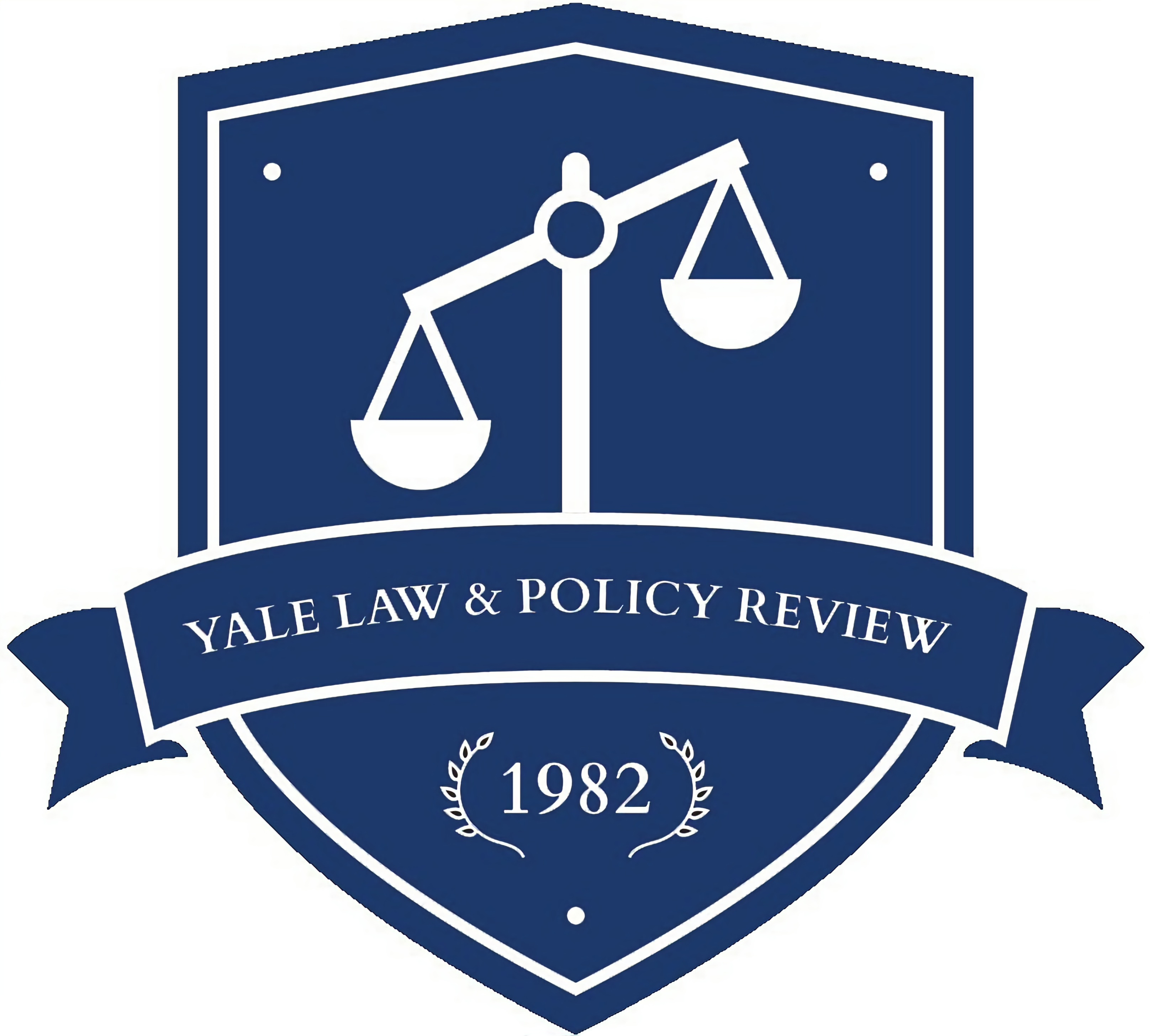An administrative proceeding before the Patent and Trademark Office (PTO), the agency that grant patents, can thus play a crucially important role in providing a way to contest patents without incurring the risks or costs of litigation. Congress recognized this more than thirty years ago when it created the first of these schemes (ex parte reexamination), and again in 1999 when it created the inter partes reexamination system. Debates over the viability and effectiveness of these reexamination systems, however, have revealed their limitations and identified important principles that Congress has used to create two new procedures—post-grant review and inter partes review—in the Leahy-Smith America Invents Act (AIA).
The new procedures for contesting patent validity before the PTO, despite years of public debate over their features, follow a mold set nearly nineteen years ago. Both are highly constrained procedures that strictly limit the issues that can be raised and require the challenger to choose between these procedures and litigation to contest patent validity. As enacted, the procedures appear to capture the essential balance reflected in the public debates—they will allow far more robust opportunity to challenge the validity of patents, but will also include important safeguards that will prevent abuse of the legitimate interests of the patent owner. This Article offers a survey of the history of the reexamination proceedings and debates over them during the development of the new procedures, providing important insights into how the new procedures will function and the types of patents they will be well-suited to challenge.
Mr. Kushan is a partner of Sidley Austin LLP, based in Washington, D.C. He is a co-chair of Sidley Austin’s national intellectual-property litigation practice, and is head of the Washington, D.C., patent group in that practice.
